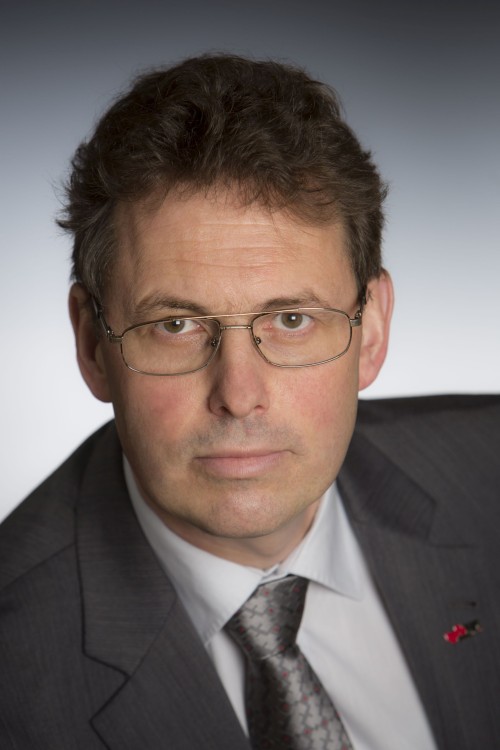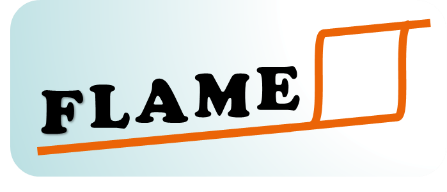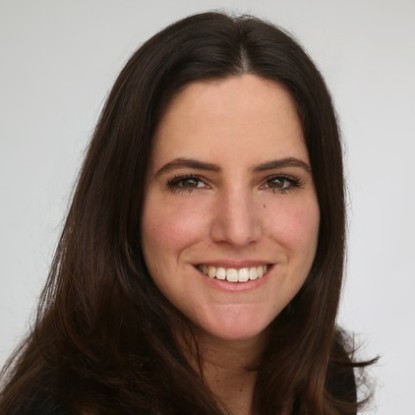
Ceramic Multilayer Devices From Antiferroelectrics: Current Materials and Concepts
Prof. Klaus Reichmann Institute of Chemistry and Technology of Materials, Graz University of Technology
Abstract
The need for efficient converters for wind and solar power stations as well as for hybrid drives in cars has triggered the development of buffer capacitors with increased charge density at high electric fields. The technical progress is again driven by miniaturization and energy efficiency. Components for new power electronic systems must be able to handle higher current densities, higher power densities and higher operating temperatures. Especially high-voltage power capacitors have to meet new challenges. In modern power electronics, the capacitors must fit with fast-switching semiconductors based on SiC and GaN that operate at high switching frequencies. These requirements raised interest for antiferroelectric materials for multilayer ceramic capacitors.
In commercial devices, lead-lanthanum-zirconate-titanate (PLZT) is currently the working horse, which is able to fulfill above mentioned requirements. On the basis of this material, a ceramic capacitor technology called CeraLinkTM has been developed for ripple suppression in high-voltage DC-links of inverters and converters. These components offer high current handling capabilities, a very low self-inductance and a high isolation resistance at compact size for high operating voltages up to high temperatures.
This presentation highlights the concepts for tailoring PLZT for commercial components concerning switching field and polarization. It refers to issues concerning iso- and heterovalent doping elements with a glimpse to the concept of Goldschmidt´s tolerance factor.
About the FLAME-inars
The FLAME-inars are organized by the collaborative project FLAME at TU Darmstadt, in which electronic-structure-property relationships are being developed and exploited to realize novel lead-free antiferroelectric compounds. The seminars will gather experts in processing, characterization and theory to discuss materials and applications, bulk and thin films, fundamental properties, electronic structure & defects, and related aspects.



